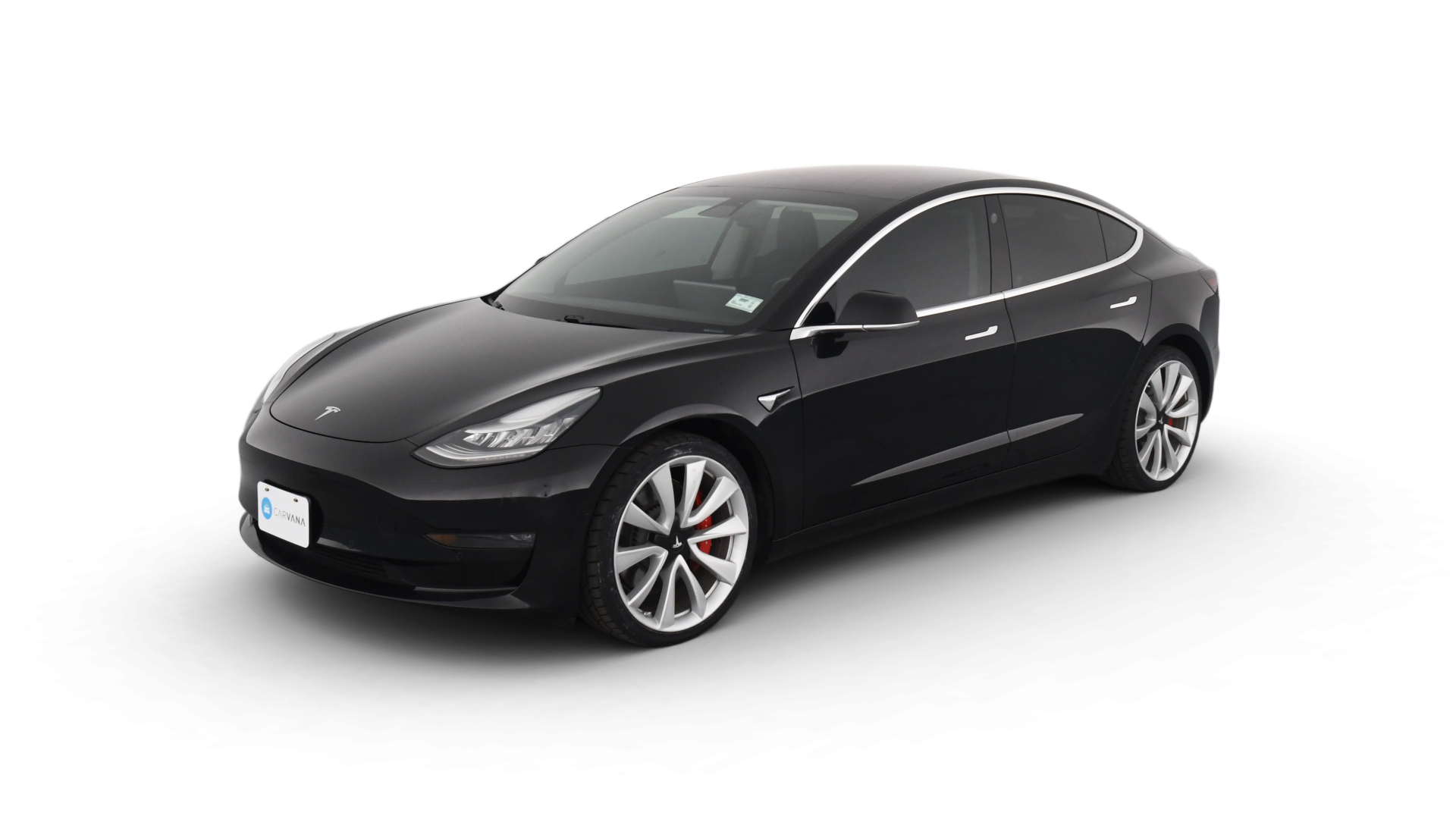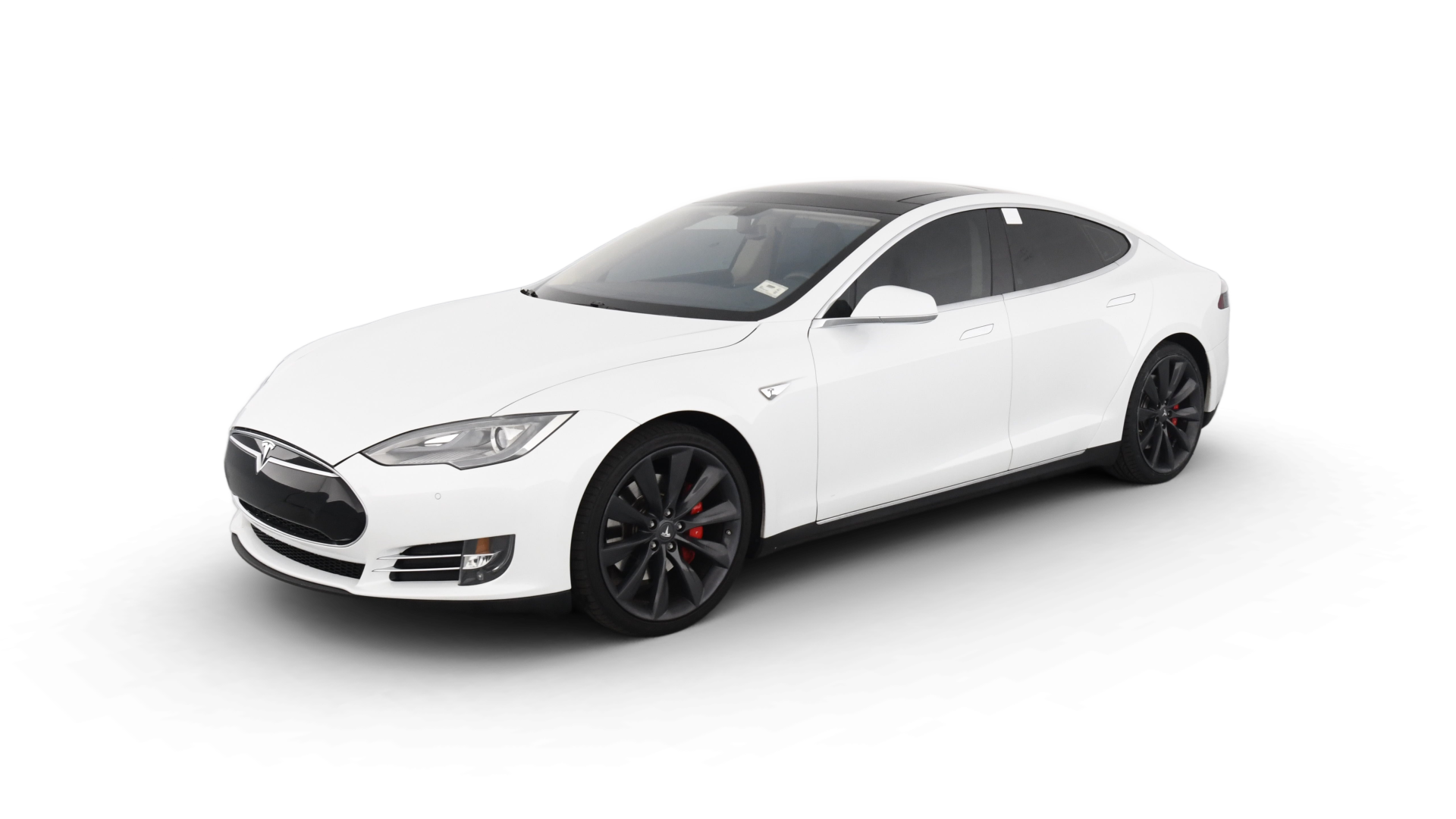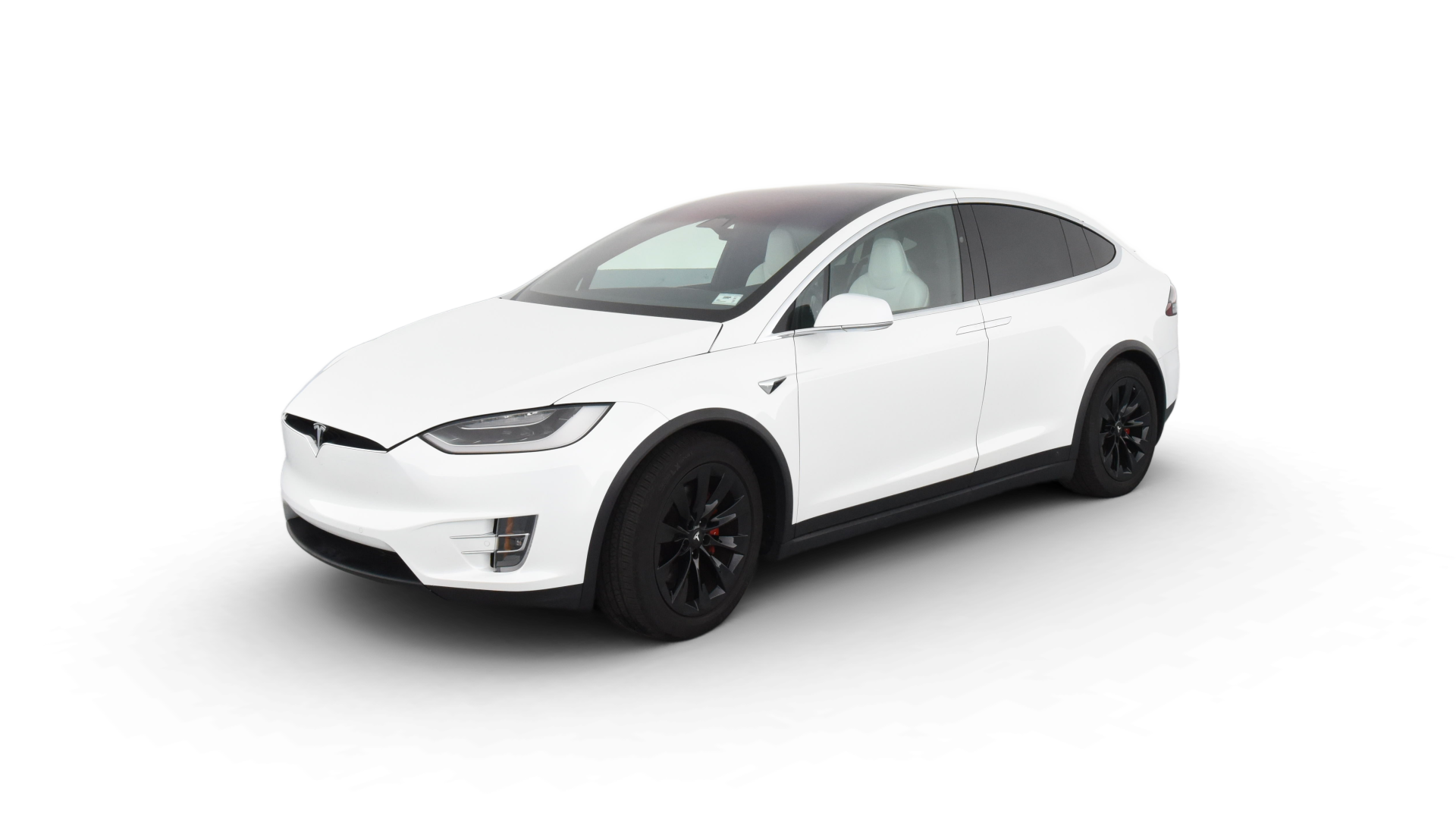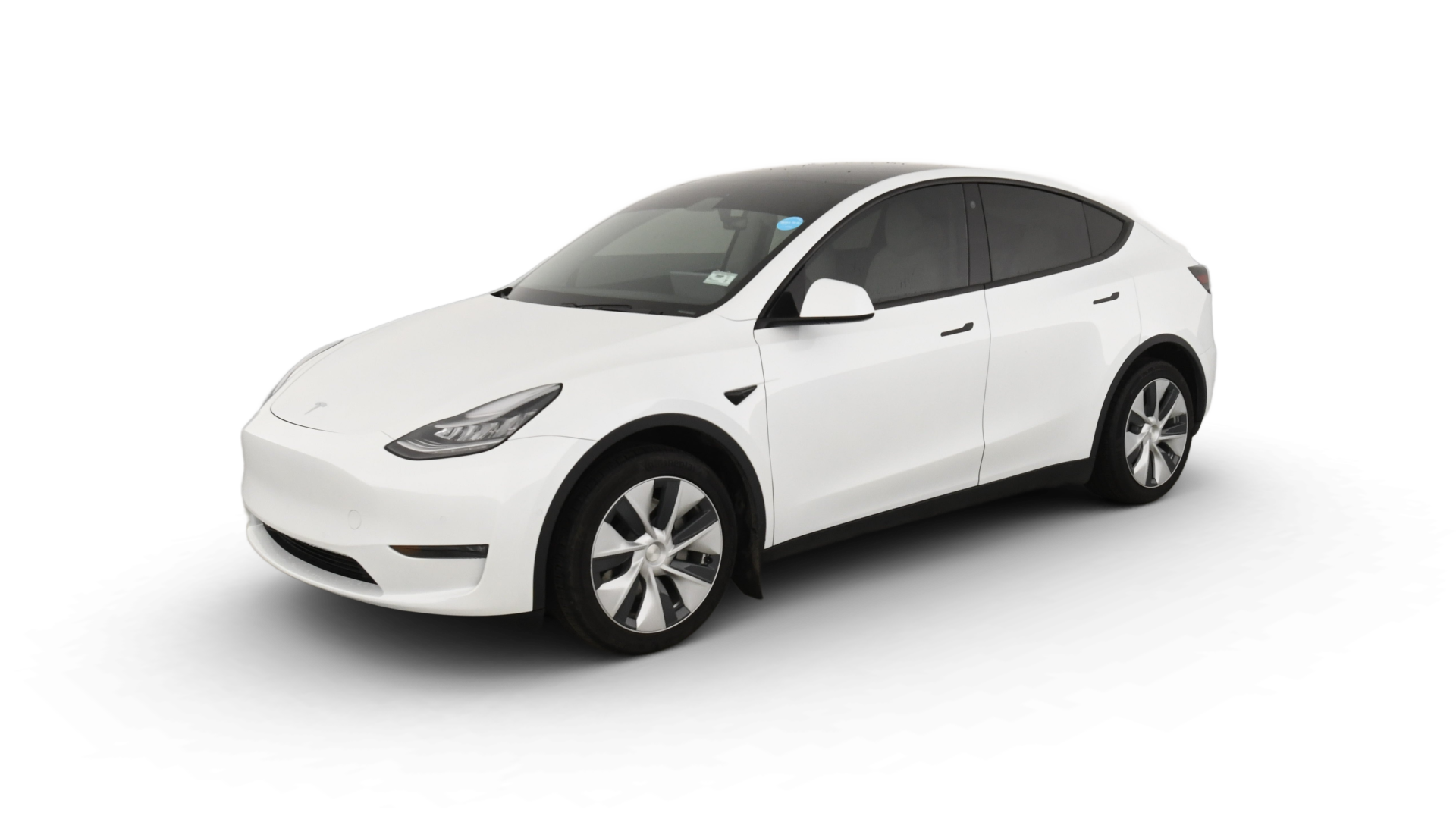Tesla
Tesla Cars
Tesla SUVs
Tesla Buying Guide
Get the best online car shopping experience with expert reviews of Tesla Read more to learn about the most important features and important factors to consider when researching Tesla.
Tesla Overview
Tesla is an American manufacturer of electric vehicles (EVs). In 2008, the company launched its first production model, the two-seat Roadster. It featured an innovative lithium-ion battery pack capable of 200 miles of range, far more than other early EVs, as well as blistering performance. Since then, Tesla has expanded its lineup using the same basic formula, and today its offerings, which include both sedans and SUVs, all deliver class-leading range and performance. Among Tesla’s top sellers are the Model Y, a compact crossover SUV, and the Model 3, a compact sports sedan.
Noteworthy Features
All Electric
If you're looking for a powerful, all-electric car, your best choice may be a Tesla. Its battery is easily charged from a small array of solar panels. You can plug in to charge your car as necessary rather than daily. The Tesla 100 kilowatt-hour battery in the Model S charges in 6 hours and can travel up to 310 miles on a single charge.
Performance
The Tesla S ranks number 1 on the U.S. News List of Luxury Hybrids and Electric Cars for 2019. The Tesla S travels 310 miles when charged compared to the 239 or 258-mile range of the Kia or Hyundai electric hybrids. The Tesla Model S reaches 60 miles per hour in an incredible 2.4 seconds. Tesla's adaptive cruise control relies on internal radar signals and cameras to detect slow-moving vehicles ahead to maintain a safe following distance.
Body, Style, and Technology
The Tesla S sportscar compares favorably to the Audi Q5 hybrid. The Model X crossover SUV features doors that open up and out rather than out to the sides. Tesla automobiles are designed with carbon fiber interiors, leather steering wheels, and a color display screen with Bluetooth and satellite radio. In 2019, Tesla added Navigate on Autopilot software that allows the car to change lanes without driver intervention.
Additional Considerations
Dealer Capacity
Currently, charging a Tesla requires at least a 220-volt, 20-amp circuit, but 30 or 40 amps are better. The chargers cost $400 to $800 plus the cost of installation. It also costs money to install a 220-volt outlet in your garage. Keep in mind that your lights, heat, and windshield wipers all deplete your battery, so your actual mileage on a single charge will vary.
Scarcity of Public Chargers
Charging your Tesla in a public parking lot usually costs an hourly fee. Installing chargers for electric vehicles in public garages and parking lots can cost $50,000 or more, so availability is limited. Tesla maintains a network of Superchargers and Destination Chargers on freeways and in cities that can charge your Tesla in as quick as half an hour. You may be able to plan your trip based on the locations of Tesla's Supercharger network.
Disadvantages of a Used Tesla
Buying a used Tesla eliminates the wait for a new one, but the older Teslas lack the latest safety features that were later built into the brand. Also, you usually cannot earn a federal tax credit for a used Tesla.



